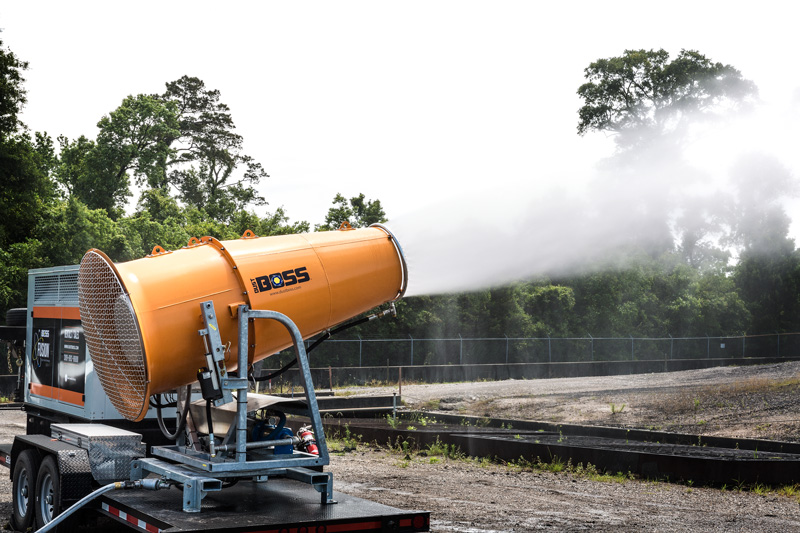A more environmentally friendly solution is organic sulfonates like lignosulfonate. They are byproducts of the lumber industry and control dust in the same manner as hygroscopic salts. The major difference is that the material, which looks like molasses is organic, non-toxic, and won’t control equipment.
In order to find the best dust control agent, the Department of Defense set up a test at Fort Sill and Fort Hood in the late 1990s. They looked at four agents from the three groups and how they worked on dirt roads: polyvinyl acrylic polymer, soybean feedstock byproduct, calcium lignosulfonate, and a 38% calcium-chloride solution. They discovered that all four agents were equally effective during the first month by reducing dust by 50%. Generally the dust control agents continued to provide protect past 60 days. However, polyvinyl acrylic polymers tended to break down between the first and second month as heavy traffic tended to break down its surface sealing characteristics.
Another dirt road dust control study was done by California and focused on eliminating the fine dust that remains suspended in the air and is inhaled. They discovered that polyvinyl acrylic polymers reduced these fine dust particles by 90%. Lignosulfonates reduced dust by 20% and calcium chloride 10%.

